Tips for Buying Land,
Designing and Building A Custom Home
Part 1 of 3
Introduction: Because of a family medical situation I have some time on my hands so I thought I might write about some things to consider for buying land, designing and building a custom home. There are so many threads with so many consumers asking for advice on these topics, that it seemed like a “reference” article might be a good idea and useful to many, now and in the future.
The focus of the article is on buying land, designing and building a truly one-of-a-kind, custom designed home. This is not about a tract home in a builder’s subdivision, nor an individual builder’s previously built home, with some changed or added features, built on an owner’s property somewhere. This article is not about buying a generic
plan from one of the Internet plan factories, and trying to fit it to a piece of property. I’m focused on a truly custom one-of-a-kind design.
The article is in three parts: Part 1: Finding Land; Part 2: Designing the Home; Part 3: Building the Home.
Fair warning: These thoughts are simply my experience as a retired architect and a former Head of the School of Architecture at Oklahoma State University where I received my undergraduate degree in architecture back in the dark ages. These “tips” are not meant to be exhaustive; they are simply stream of consciousness thoughts as I sit here and type. No doubt I will omit commentary on something of importance to someone. Others may have their own good (and differing) experiences and tips, which I hope they may share in this thread, making it even more valuable. Comments and critique are always welcome. Hope this is helpful.
Part 1 of 3: Finding Land
This is the first part of “Tips for Buying Land, Designing and Building A Custom Home”
Where to Begin: When and if when starts to think about the feasibility of design and building their own custom home, it’s common to wonder “where do I begin?” Here’s some thoughts:
--Get your finances in order first, and foremost: If you will have construction and permanent loans, talk to lenders about the options and costs for buying property, professional fees, construction loan and permanent (final) mortgage. Once one
fully understands the financial options and expenses, then (and only then), start looking for professionals, such as a licensed architect, and an experienced, reputable builder. If desired, both of these can be a big help in inspecting property, evaluating the pros and cons of various properties, and advising on the “buildable” aspects of
various land parcels.
--Your design and construction team: Often, the very best team for creative and realistic design and construction is an experienced, reputable licensed architect and an experienced, reputable builder, working closely together with an owner, from the very outset. This team can also be very helpful in evaluation of land options and relative “buildability”. The architect will provide the creative options and ideas in response to the owner’s lifestyle preferences and the builder will advise on construction costs and schedule. Depending on the situation, there are many other professionals who may be desired, or required, depending on various factors such as jurisdictional requirements, soil and terrain, owner special needs or wants, etc. Remember, we’re talking about a truly custom, one of a kind home, designed and constructed specifically for your family on property you select.
Looking for Land:
--Good custom home design always starts with the land: The land determines the ease or difficulty of designing a home. Experienced architects will tell you that the very design and form of a home is almost always found in a careful and creative analysis of the land where it is to be built. For example, an owner who wants a walk-out basement will have great difficulty on a completely flat site. Conversely, an owner interested in a
one-level retirement home will spend much more money building on a sloping site. And an owner who wants to take advantage of a distant view may have a better long-term experience with a down-hill sloping lot, in the direction of the view, than an uphill-sloping lot. Many of the following comments also illustrate how important it is to choose property which will facilitate designing the type of home an owner envisions.
Avoid simply buying a “pretty” piece of land, thinking that one can build any sort of house anywhere. Unless one has a bucket of money to spend, always select land which will best support the design of a house which one truly needs and wants. If one is unsure about the implications of a piece of property, find an architect and builder to help inspect and advise before purchasing the property.
--Location: Location remains one of the most important criteria in real estate. Look for
property in areas best suited and appealing for the type of lifestyle and house which is desired. Just because there’s a sale price on a piece of land, or property with a pretty lake view, doesn’t mean the location or the characteristics of the site for building are
advantageous or well suited for one’s long term housing goals. Take your time and do your due diligence when evaluating property. Always link the type of house with the characteristics of the site.
--Ideal orientation: Many consumers aren’t aware of orientation. Property which allows the major public spaces of the house to be oriented to the south has always been the best and most ideal property, because of the ability to utilize passive solar strategies and daylighting design, described below. Northern and western orientation may often be the direction of bad weather, and property with this orientation should be minimized. Western orientation, in particular, with the low and lingering summer sun, is the absolute worst orientation and should be avoided. Find other property before
accepting western orientation. You will thank me.

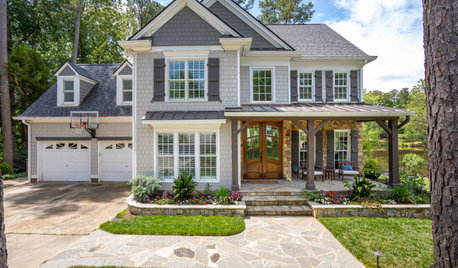
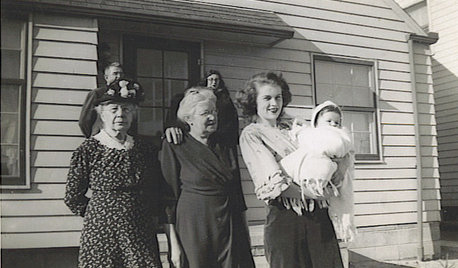
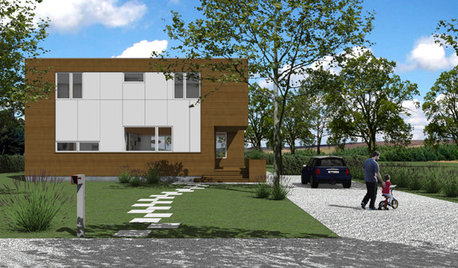
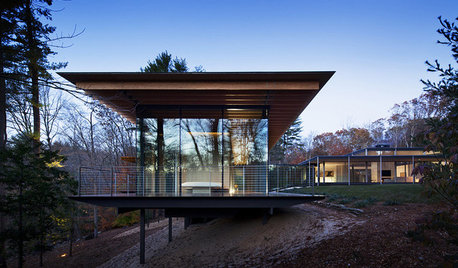
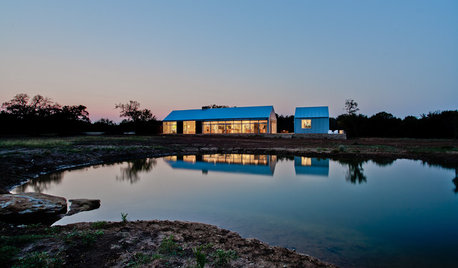
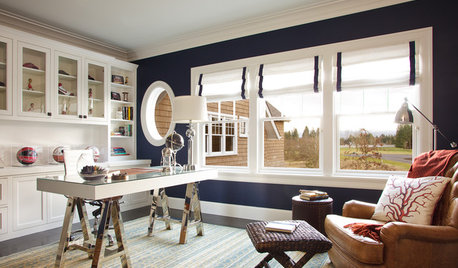
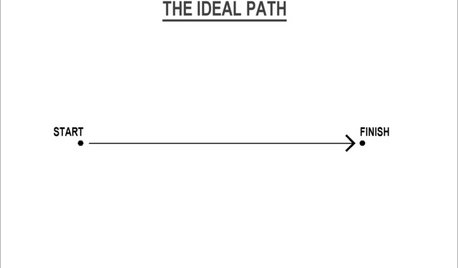







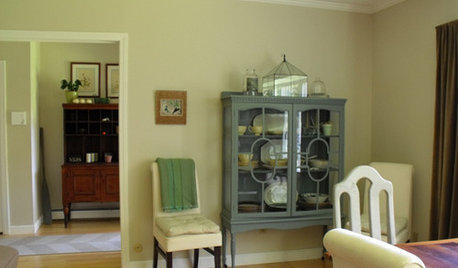


Virgil Carter Fine ArtOriginal Author